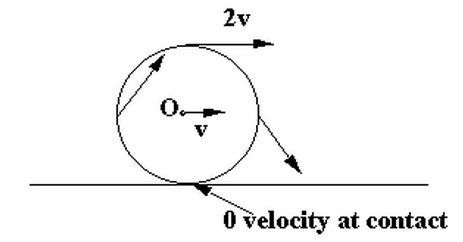Humans can use tools, communicate, count, make others laugh, socialize and are self aware too. We also have emotions and a pretty good memory. All of the things put into a single creature sure makes the “most advanced” creature we’ve ever known. But if these traits are considered individually, you’ll easily find an animal who beats us at one trait at a time. Today, I wanted to read and write about where humans stand when it comes to speed.
Talk about running speeds and the fastest person ever, Usain Bolt comes to my mind. A bolt indeed. As on date, if I’m not wrong, the world record set by him in the 100m race is 9.58 seconds. To put this human freak show into perspective, the average speed of the Jamaican sprinter in this race comes to about 37 km per hour (23 miles per hour). And he’s clocked 28 mph somewhere in the race, they say.
In a world full of cars and planes, where distances travelled have become really huge, 28 mph sounds like a speed which does no good in our practical lives. And yet, it takes an Olympic runner to clock that speed. Normally, people run at about, say 10 mph. Damn!
The biological human limit to running speeds is estimated to be about 40 mph.
Quick fact: The fastest human objects ever are Helios 2 (a German probe) clocks about 150,000 mph. Another spacecraft, Juno does about 25 miles in a single second!
Now compare that with a Peregrine Falcon which can make use of the gravity and its perfectly aerodynamic body to travel at a speed of 216 mph (360 kph). But, that’s hardly any work for the animal. It’d the gravity making it fall.
In level flight, the white throated needletail (swift) can fly at speeds more than 100 miles per hour (up to 106). That’s the fastest bird if you do not count gravity assist.
An on land, of course the Cheetah takes the prize with about 70 mph of running speed. But, there’s a catch. If you measure speeds of animals relative to their body sizes, there’s a little blood sucking mite that beats cheetah by a huge margin.
The fastest swimming fish is the sailfish, which can swim and jump for small distances at about 70 mph.
Humans can swim at about 5 miles per hour.
Moving at 35 miles per hour a jack rabbit can travel faster than a human. The patas monkey, the fastest primate, runs at about 35 miles per hour too!
Now these are some animals you probably already know. Soon there’s more to come. In the coming days I wish to do a series on outperforming humans…Maybe I’ll write about endurance next.
Keep reading for more.







